Movies - Whale nation : discover the trailer
By Mulder, 03 january 2023

"After a few years spent organizing the shooting of Japanese advertising films in Europe, I discovered the world of animal documentary films in the attic of the National Museum of Natural History. There, on rue Cuvier, was the photo-cinema department created by Jean-Marie Baufle who, alongside Gérald Calderon, made great animal films: Le risque de vivre, Le bestiaire d'amour, Les contes sauvages. These films were partly shot in the aquariums, vivariums and terrariums installed under the roof on the top floor of the mineralogy gallery of the Jardin des Plantes, a magical place to which we had access day and night. It was Jean-Marie Baufle's Ali Baba's cave, whose ingenuity allowed him to make exceptional images using endoscopes, high-speed cameras or microscopes connected to 35mm cameras. It was with them for one of their productions, accompanied by François and Philippe, Gérald's sons, that I found myself organizing a large documentary series, filmed all over the planet. This was the beginning of a long collaboration with Ushuaïa.
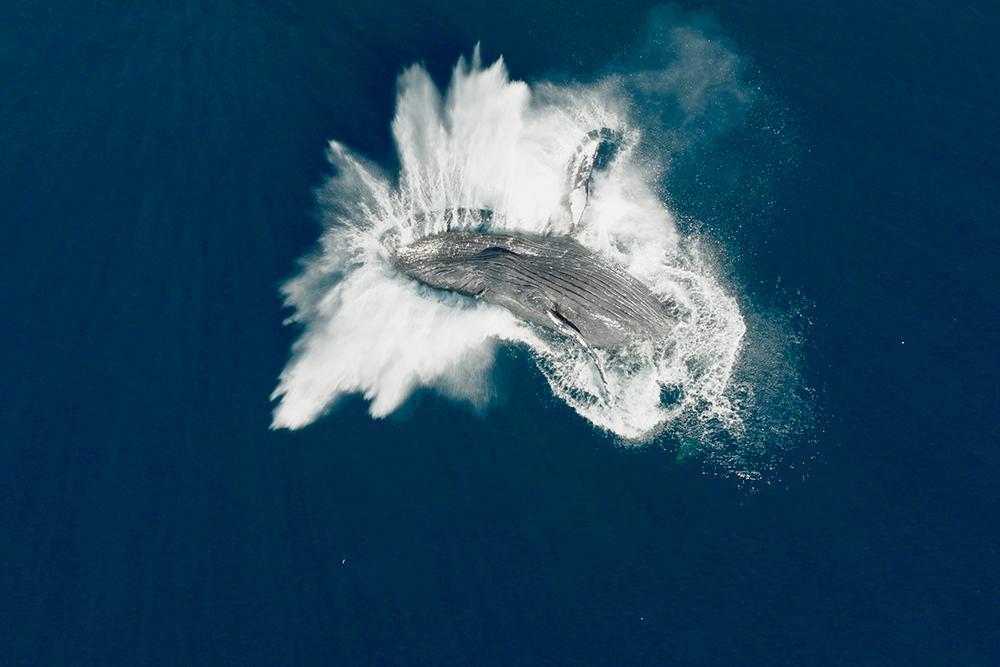
In Africa, Asia, Oceania, the Arctic and Antarctica for more than twenty-five years we have traveled the planet with the particularity of filming subjects with a very small team. Never more than three people, a speciality that has become my trademark, to be as few as possible to be as reactive as possible, as mobile as possible, as discreet as possible, as flexible as possible. And that's how, during one of these trips, I had the opportunity to swim with whales for the first time. An experience of such intensity, of such emotion, that I always wanted to share it.
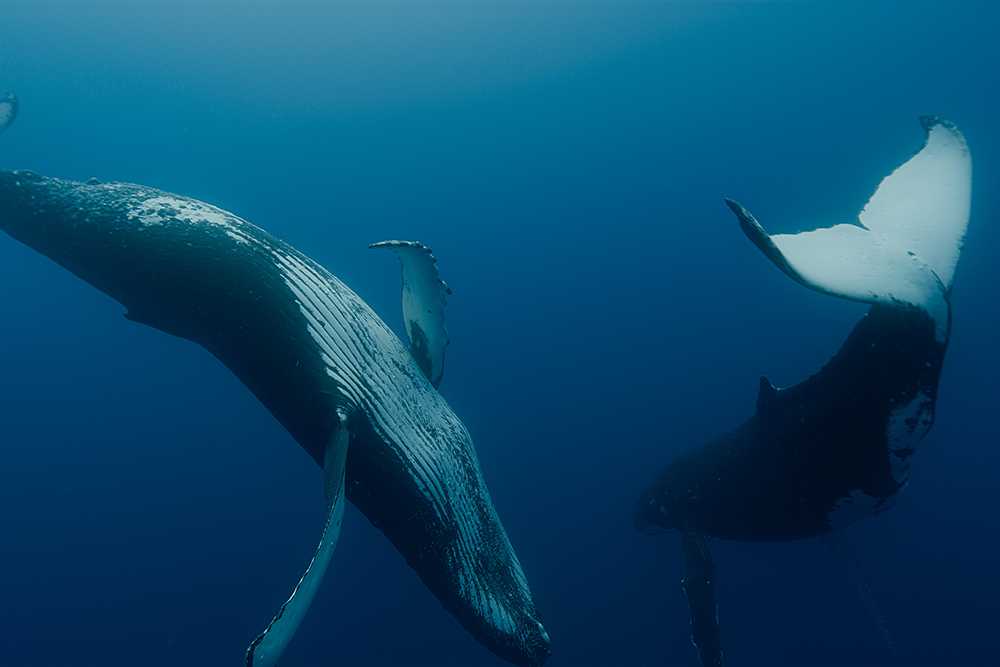
We were at the Silver Bank, (a coral bottom off the Turks and Caicos Islands) for more than 15 days on a fishing boat watching and hearing the whales without ever being able to approach them. The filming was a disaster: not a single image! When one day while diving (I am not a great diver) the rocky bottom in front of me started to move, to tip over, I didn't know anymore if I was a victim of a malaise or if it was a landslide. When suddenly turning my head to the right, I saw what looked like a tail and then big white wings... I had in front of me, a few centimeters away, a humpback whale, so big and so close that I had not seen it! What I had taken for a rock had started to turn in front of me with an indescribable grace. An airy lightness. Our eyes met and I had the sensation of exchanging a smile with her. I dreamed of this moment several nights, we returned without images, but since then I always wanted to make a film about whales
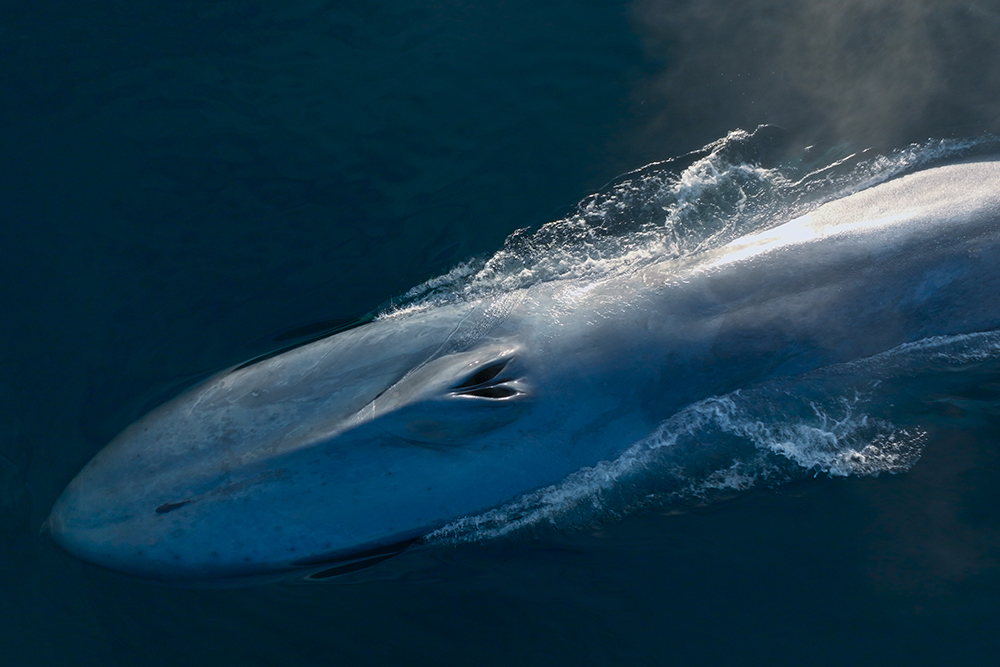
Contrary to big animal productions, which generally mobilize heavy crews in the four corners of the world, I decided to shoot The Guardians of the Planet in a different way to favor the mobility of the shootings with a crew reduced to a minimum and by working with local professionals. Since whales live all over the world, choices were made to limit the number of people and equipment that had to be moved. For example, Mexico was chosen because 3 species are found there. As for the filming teams, they were reduced to 2-3 people, with priority given to technicians and equipment already present on site. Thus, when we left Paris, there were no more than three of us, and sometimes I left alone, working on location with fishermen, divers, "dronists" or local sound engineers. We travelled with little freight, the heavy equipment being rented on site (tanks, cylinders, compressors, drones etc.)

Thanks to my network throughout the world, we organized the production in three circles:
- shooting from Paris (Greenland, Mexico, Argentina, Polynesia, Brittany, Mediterranean and Normandy)
- shooting with local teams (South Africa, Australia, Tonga, Kamchatka)
- commissioned photographers and operators (Antarctica, Hawaii, Norway)
This production scheme allowed me a certain agility and reactivity which were essential to make the best images when the shooting conditions were not met. Like changing location when the animals were not there or if the weather was not favorable. Often, a day goes by without having any usable images. But sometimes, in a few hours, a magical encounter erases several days of failure. You must be patient, confident, never stress and surround yourself with the best specialists. I was lucky enough to work with some of them: Denis Lagrange (director and underwater cameraman), René Heuzey (professional diver specializing in large marine mammals, including sperm whales, director and underwater cameraman), Yves Lefevre (diver), Roger Horrocks (underwater cameraman), Yann Hubert (underwater cameraman and photographer in French Polynesia), Jean-Charles Granjon (underwater cameraman in Marseilles). - Jean-Albert Lièvre

The film Les Gardiennes de la Planète adopts an original point of view: that of the whale. Through the voice-over, it is the whale that tells its story. Visually, this approach produces a surprising sensory experience where one sometimes has the impression of being in the skin of one of them. How was this made possible? Achieving this result required getting as close as possible to the whales, which is no easy task. Several conditions had to be met: good weather, good underwater visibility, a lot of patience, animals at the rendezvous, reactivity and luck. The director Jean-Albert Lièvre wanted to do it with the concern of preserving their tranquility and minimizing the impact of the shooting on the environment.
The conditions for the filming: that the water be clear, that the animals allow themselves to be approached, that the dome of the housing not be fogged up, that there not be a drop on the optics, that the captain of the boat be precise in his maneuvers and in a good mood to start over again, that the contact with the animal be made, that the sun be sufficiently high so that the underwater light illuminates the subject in the depths
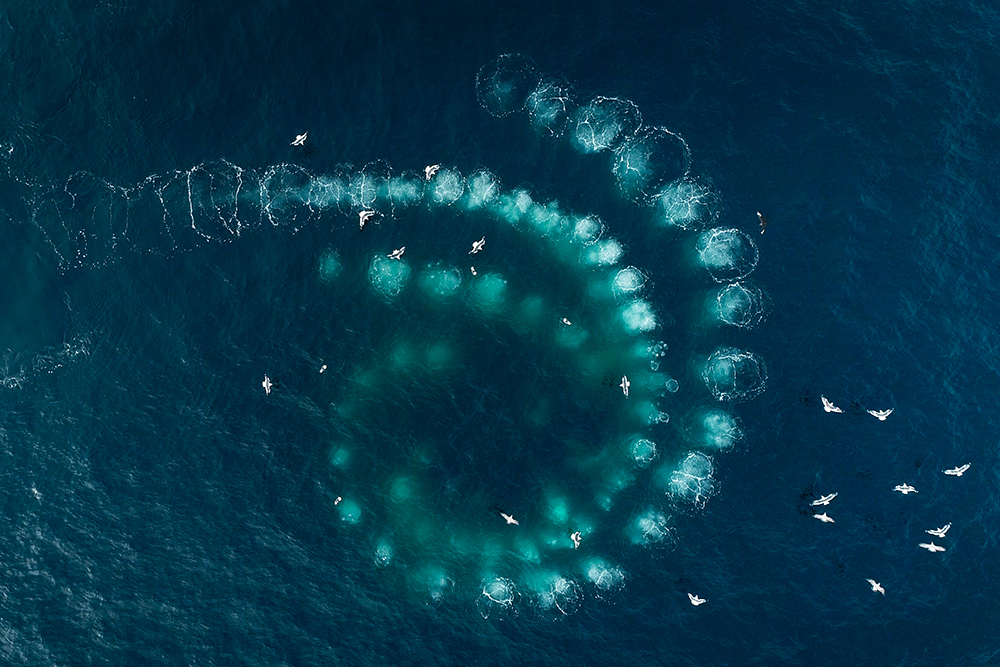
In Mauritius, René Heuzey, a well-known diver and underwater cameraman, has been with a family of sperm whales for 25 years. Over time, he has developed a special relationship with all the members of the clan. He is the author of the incredible nursing images in the film.
Erecting whales as heroes of the big screen? That's the daring challenge of the film Guardians of the Planet. The film takes us to the four corners of the world to meet several of them. Used in everyday language, the generic term "whale" hides a great diversity of mammals from the order of cetaceans. The oldest known cetaceans adapted to a totally aquatic life are over 40 million years old. Some whales have baleen, the horny blades that adorn their upper jaw and act as a filter, letting water through but retaining food. Others have teeth, allowing them to catch larger prey. For thousands of years, the whale has jealously guarded one secret: its "song". Is it a means of long-distance communication? A tool for intergenerational transmission? Geolocation tool? A seductive asset? It is undoubtedly a bit of all these at the same time. But we have not yet succeeded in deciphering this language. To feed, humpback whales have developed an amazing hunting technique: they blow bubbles! More precisely, they release nets of bubbles which draw spirals in the water and come to imprison the schools of krill, which they are fond of. All they have to do then is to throw themselves on it with their mouth wide open.
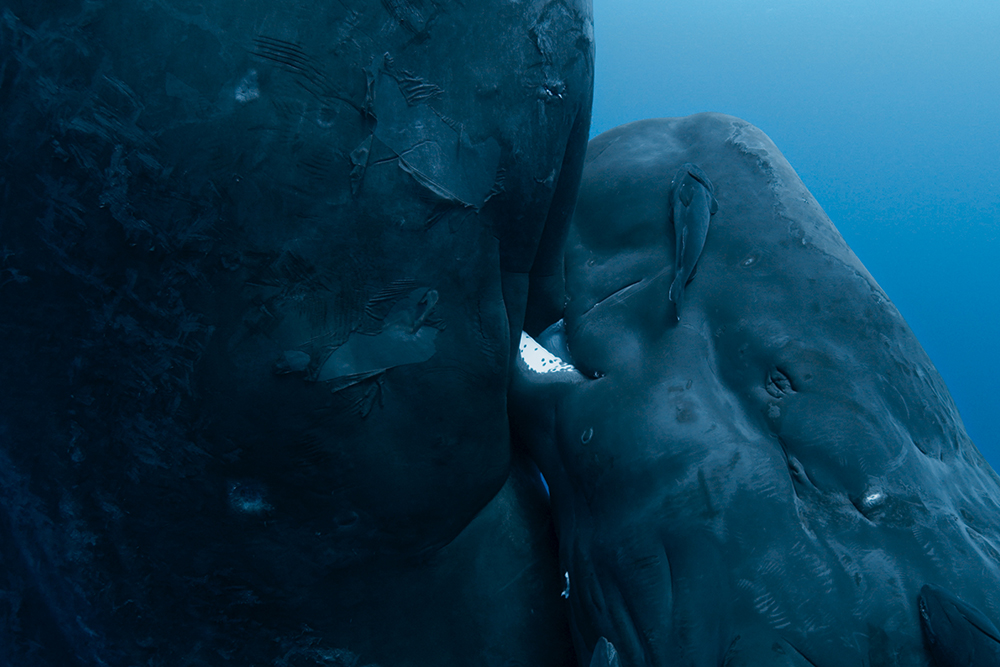
Life on Earth is based on a fragile balance in which all living beings have a role to play. For a long time unknown, the role of whales is essential in the face of the challenges of climate change. The film explains this and alerts us to the dangers that threaten these giants, and to the consequences that their disappearance could have. For centuries, whales have been considered as monsters. Humans had a purely utilitarian vision of them and exploited them on a large scale, causing a massive decrease in their populations. Some species, such as the blue whale, almost disappeared completely from the surface of our planet.
Although whaling is now largely prohibited, human activities continue to disrupt the existence of these animals. Pollution, noise pollution, collisions with ships, fishing nets... are all dangers that threaten them daily. Whales contribute to the balance of the planet thanks to their... excrement! Rich in mineral nutrients, they promote the growth of phytoplankton which, like plants, carry out photosynthesis. This means that it uses light energy, CO2 pumped from the atmosphere and mineral nutrients taken from the ocean to grow... while releasing oxygen, also called oxygen. According to scientists, phytoplankton provide half of the oxygen on our planet, the gas that allows us to breathe. Because whales stimulate the growth of phytoplankton, they contribute indirectly to the production of oxygen. And that's not all! Part of the CO2 absorbed by the phytoplankton will be carried to the bottom when the phytoplankton dies. So much CO2, the main greenhouse gas, which will be trapped far from the atmosphere for a long time.

Finally, an important pedagogical device is set up around the film with :
- A pedagogical kit on the film published by Belin Education, in accordance with the school programs of Sciences & Technology 6th grade and SVT cycle 4 as well as CM1 & CM2
- Whales - The guardians of the planet by François Place, the children's documentary album based on the film and available in bookstores from February 8
Synopsis:
A humpback whale is beached on a remote shore. During the fight to save its life, we will discover the story of these extraordinary creatures, denizens of the world's oceans. Inspired by Heathcote William's bestselling book, Whale nations takes us on a journey of discovery into the unexplored territories and barely known society of whales, with their remarkable abilities and incredibly rich and complex social lives.
Whale nation
Written and directed by Jean-Albert Lièvre
Produced by Julien Seul, Marc Dujardin, Vincent Maraval, Brahim Chioua, Michel Merkt
Starring Jean Dujardin
Cinematography : Nedjma Berder
Edited by Cécile Husson
Production companies : Wild Bunch International, Canal +, Bien sûr Productions, Echo Studio
Distributed by Pan Distribution (France)
Release date : February 22, 2023 (France)
Running time : 82 minutes
Photos : Copyright Pan Distribution
(Source : press kit)

